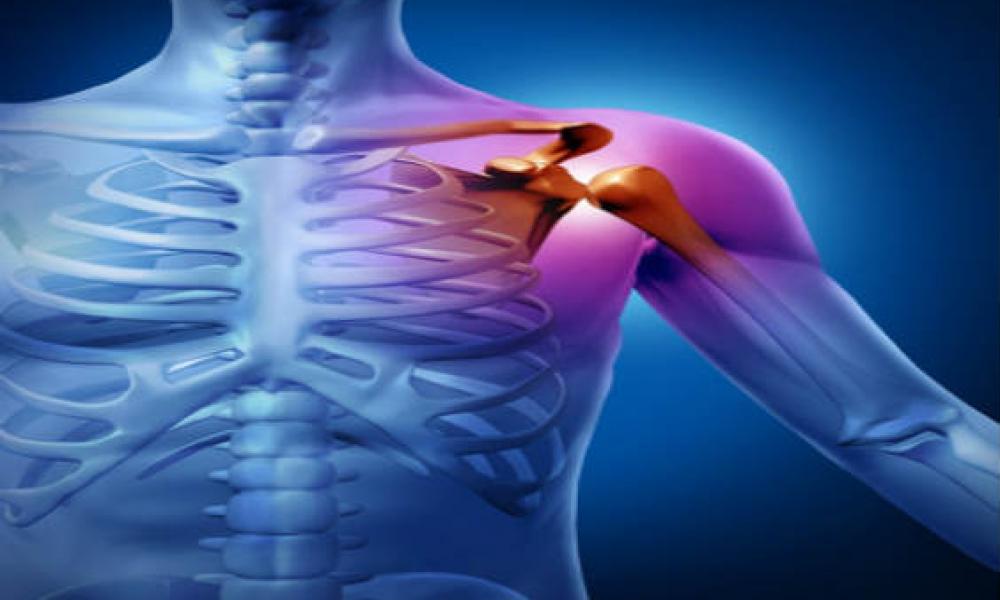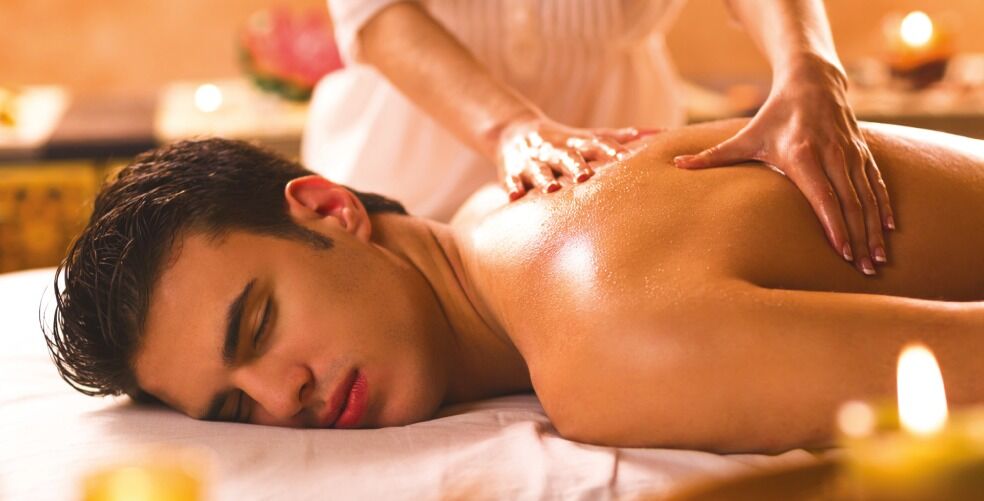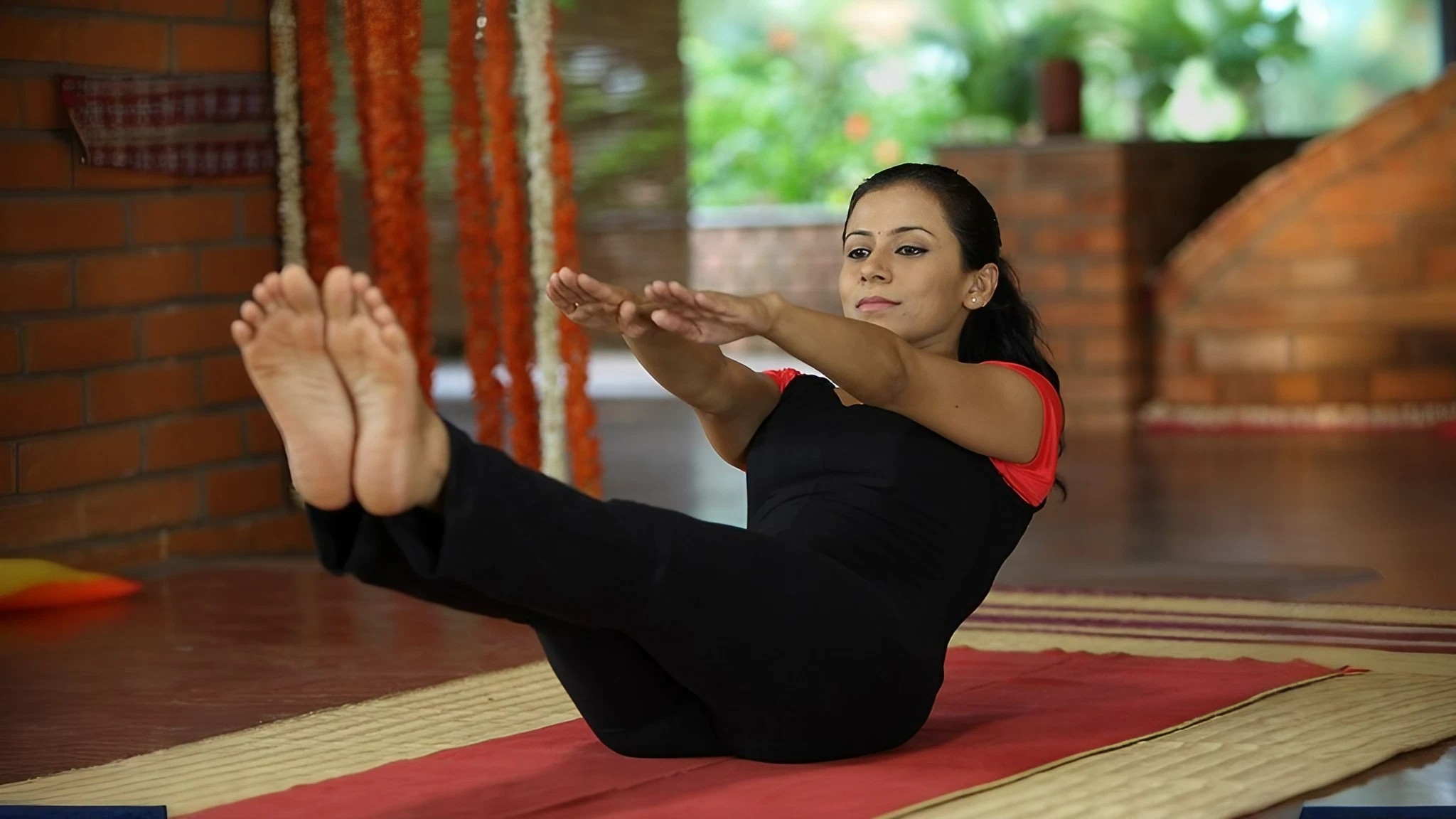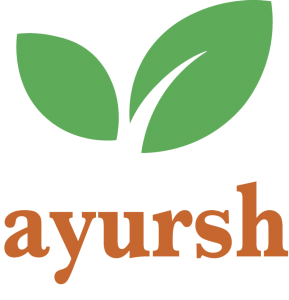Introduction
In today’s fast-paced digital world, cervical spondylosis is no longer just an age-related condition—it’s increasingly affecting the younger population. Prolonged screen time, poor posture, and a sedentary lifestyle have made neck pain and stiffness common complaints among students, office workers, and even teenagers. The excessive use of smartphones, laptops, and other gadgets has led to a surge in cases of tech neck, a modern-day phenomenon contributing to early degeneration of the cervical spine. Understanding cervical spondylosis and adopting preventive measures is crucial for maintaining spinal health and ensuring long-term well-being.
Cervical spondylosis
Cervical spondylosis refers to a broad spectrum of progressive degenerative changes affecting various components of the cervical spine, including intervertebral discs, facet joints, joints of Luschka, ligamenta flava, and laminae. As a natural part of the aging process, it becomes prevalent in most individuals after the fifth decade of life. The condition commonly presents with neck pain and stiffness, sometimes accompanied by radicular symptoms due to neural structure compression. Neck pain is a widespread issue and ranks as the second most common musculoskeletal complaint after low back pain. Given its significant impact on disability and economic burden, it is essential for healthcare providers to recognize symptomatic cervical spondylosis and implement evidence-based, cost-effective treatment strategies.
Download our app for ayurvedic treatment and therapies.
Etiology
Cervical spondylosis primarily results from age-related degeneration of the intervertebral discs and cervical spinal structures. Over time, degenerative changes affect key components such as the uncovertebral joints, facet joints, posterior longitudinal ligament (PLL), and ligamentum flavum, leading to a progressive narrowing of the spinal canal and intervertebral foramina. This narrowing can exert pressure on the spinal cord, spinal vasculature, and nerve roots, giving rise to three distinct clinical syndromes: axial neck pain, cervical myelopathy, and cervical radiculopathy.
Certain factors can accelerate the degenerative process and contribute to early-onset cervical spondylosis, including:
- Repetitive or significant spinal trauma
- A congenitally narrow vertebral canal
- Dystonic cerebral palsy affecting cervical musculature
- Participation in high-impact sports such as rugby, soccer, and horse riding
These factors increase mechanical stress on the cervical spine, hastening the onset and progression of spondylotic changes.
Symptoms
Symptomatic cervical spondylosis typically manifests as one or more of the following three key clinical syndromes.
Axial Neck Pain

Patients with axial neck pain often experience stiffness and discomfort in the cervical spine, which worsens when upright and improves with bed rest as the strain on the neck is relieved.
- Involvement of the upper cervical spine may cause radiating pain toward the back of the ear or occiput, while lower cervical spine issues may lead to pain extending to the superior trapezius or periscapular region.
- Pain intensifies with neck movements, particularly hyperextension and side-bending.
- Some patients may present with atypical symptoms resembling cervical angina, such as jaw or chest pain.
Suggested – Healing Ent Disorders Naturally: The Ayurvedic Way
Cervical Radiculopathy
Cervical radiculopathy manifests as pain and neurological symptoms following a myotomal pattern, depending on the affected nerve root(s). Symptoms may appear unilaterally or bilaterally.
- Common complaints include neck, arm, and scapular pain, along with paresthesia, weakness in the arm or hand, and reduced grip strength.
- Symptoms often worsen with head movements, particularly tilting toward the affected side or hyperextension combined with side-bending.
Cervical Myelopathy
Cervical myelopathy typically progresses gradually, with or without accompanying neck pain. In some cases, neck discomfort may be absent altogether.
- Early symptoms may include weakness and clumsiness in the hands, making tasks requiring fine motor skills (e.g., buttoning a shirt, tying shoelaces, or handling small objects) difficult.
- Many patients report gait disturbances and unexplained falls due to impaired coordination.
- Urinary symptoms, such as incontinence, are uncommon and generally indicate advanced disease progression.
Complications of Cervical Spondylosis
Myelopathy
- Can present as hand clumsiness, gait disturbances, or spastic paraparesis of the lower limbs.
- Bladder dysfunction is a late symptom.
- Increased muscle tone, spasticity, and altered reflexes are common findings.
- Hoffman’s sign and ankle clonus may be present.
- Sensory deficits primarily affect vibration and joint position sense in the hands.
Radiculopathy
- Typically affects C5–C7 nerve roots but may involve higher levels.
- Symptoms include segmental sensory disturbances (shooting pain, numbness, hyperesthesia) and, less commonly, weakness.
- Reflexes may be diminished at affected levels (biceps C5/6, supinator C5/6, triceps C7).
To get treatment of Panchakarma Virechana Body Detox, Call to Ayursh Ayurveda
Cervical Spondylosis: Ayurvedic Wisdom for the Digital Age
Cervical spondylosis is an age-related wear and tear affecting the spinal disks in neck and worsens with age. Ayurvedic science has main role in prevention and effective management of cervical spondylosis. Acharaya Sushruta says Nidana Parivarjana(avoiding the causative factors) is first line of treatment, but Acharaya Charaka has further amplified the scope of Chikitsa by saying: Chikitsa aims not only the less exposure to the causative factors of the disease, but also at the restoration of Doshika equilibrium. In this disease pathogenesis is at cervical region and is mostly associated with changes in cervical vertebral column. There is degeneration of intervertebral disc and lubrication of vertebral column is affected which
results in compression, irritation or inflammation in cervical region resulting in pain. Therefore Panchakarma treatments give the satisfactory results in cervical spondylosis, as explaining.
It is one of the eighty types of Vatavyadhi, primarily a degenerative condition affecting the cervical region.
It is characterized by:
- Pain during flexion-extension of the neck
- Swelling and coarse crepitation during joint movement
Ayurvedic Treatment Approach
Ayurvedic management of cervical spondylosis involves a combination of herbal medicines and therapeutic procedures aimed at relaxing muscles, reducing nerve inflammation, healing nerve damage, and strengthening the musculoskeletal system.
Ayurvedic panchakarma therapies such as Abhyanga, Swedana, Virechanam, Basti, Shashtika Shali Pinda Swedana, Greeva Basti, and Greeva Pichu are beneficial in managing this condition. These treatments help alleviate pain and inflammation, strengthen tissues, and prevent recurrence.
Abhyanga (Therapeutic Oil Massage)
Abhyanga involves the application of warm herbal oils, primarily to the neck and upper back, to relieve pain, inflammation, and muscle stiffness. Medicinal oils such as Mahanarayan oil and Bala oil are commonly used for their anti-inflammatory and nourishing properties.
Benefits of Abhyanga in Cervical Spondylosis:

- Helps pacify Vata by counteracting its dry and cold nature with warmth and oiliness.
- Nourishes bodily tissues (dhatus) and enhances circulation, preventing tissue depletion caused by Vata imbalance.
1. Swedana (Sweating or Heat Therapy)
Swedana therapy involves exposing the body to steam or applying warm herbal poultices to the affected area, primarily targeting the neck and upper back. It aids in muscle relaxation, pain relief, and improved circulation.
How Swedana Helps:
- Reduces Vata and Kapha by introducing warmth and moisture.
- Enhances circulation and alleviates stiffness, countering Vata’s cold and dry qualities.
2. Greeva Basti
Greeva Basti is a localized Ayurvedic therapy specifically targeting the neck. It involves retaining warm medicated oil over the cervical region to relieve stiffness, pain, and discomfort.
Effects of Greeva Basti:
- Lubricates the cervical joints and nourishes the vertebrae.
- Provides relief from dryness, degeneration, and restricted mobility.
3. Kizhi (Pinda Sweda or Herbal Poultice Therapy)
Kizhi therapy involves applying heated herbal poultices to the affected areas to relieve pain, muscle stiffness, and inflammation. The heat and medicinal properties of the herbs improve circulation and facilitate healing of the cervical vertebrae and discs.
Key Benefits of Kizhi in Cervical Spondylosis:
- Enhances blood circulation and nutrient supply to affected areas.
- Reduces muscle tension and inflammation.
- Promotes relaxation and healing of cervical structures.
4. Nasya (Nasal Administration of Medicines)
Nasya therapy involves the administration of medicated oils or herbal preparations through the nasal passages. It helps balance Prana Vata, which governs the head and neck region, while also clearing excess Kapha from the upper body.
5. Shirodhara (Oil Dripping Therapy)
Shirodhara involves the continuous pouring of warm medicated oil over the forehead in a rhythmic manner. This therapy is highly effective in pacifying Vata in the head and neck region and balancing Pitta, thereby reducing inflammation and tension.
Benefits of Shirodhara in Cervical Spondylosis:
- Deeply calms Vata disturbances affecting the cervical spine.
- Relieves stress and tension, aiding in pain management.
These Ayurvedic treatments, when combined with proper lifestyle modifications and dietary recommendations, offer a holistic approach to managing cervical spondylosis, promoting long-term relief and overall well-being.
Beneficial formulations
Prasarinyadi Kashayam – Dashamularishtam
Maharasnadi Kashayam – Yogaraja Guggulu
Rasonadi Kashayam – Mahayogaraja Guggulu
Gandharvahastadi Kashayam – Rasnadi Guggulu
Dashamula Kashayam – Guggulutiktaka Ghritam
Balarishtam – Mahavatavidhwans Ras
Ashwagandharishtam
Beneficial Yoga Poses

Sukhasana- Easy Pose – Bhujanasana- Cobra pose
Marjari asana – Cat Posel – Ardha Matsyendrasana – Sitting Half Spina Split
Ushtrasana – Camel Pose – Dhanurasana – Bow Pose
Tadasana Mountain Pose – Sethubandhasana – Bridge Pose
Balasana – Child’s Pose – Matsyasana – Fish Pose
Conclusion
With the rising prevalence of cervical spondylosis among the youth, prioritizing spinal health has become more important than ever. Simple lifestyle modifications, such as maintaining proper posture, incorporating regular exercise, and limiting screen time, can go a long way in preventing this condition. Ayursh Ayurveda offers holistic approaches, including personalized diet, herbal remedies, and therapies like Panchakarma, to manage and prevent cervical spondylosis naturally. By making conscious efforts today, we can safeguard our cervical spine and lead a healthier, pain-free life in the future.
Dr. Sri Ranjani Bhat will recommend suitable therapies tailored to address your specific health concerns, ensuring a holistic approach to wellness.
Reference Link – Autism Spectrum Disorder (ASD)



